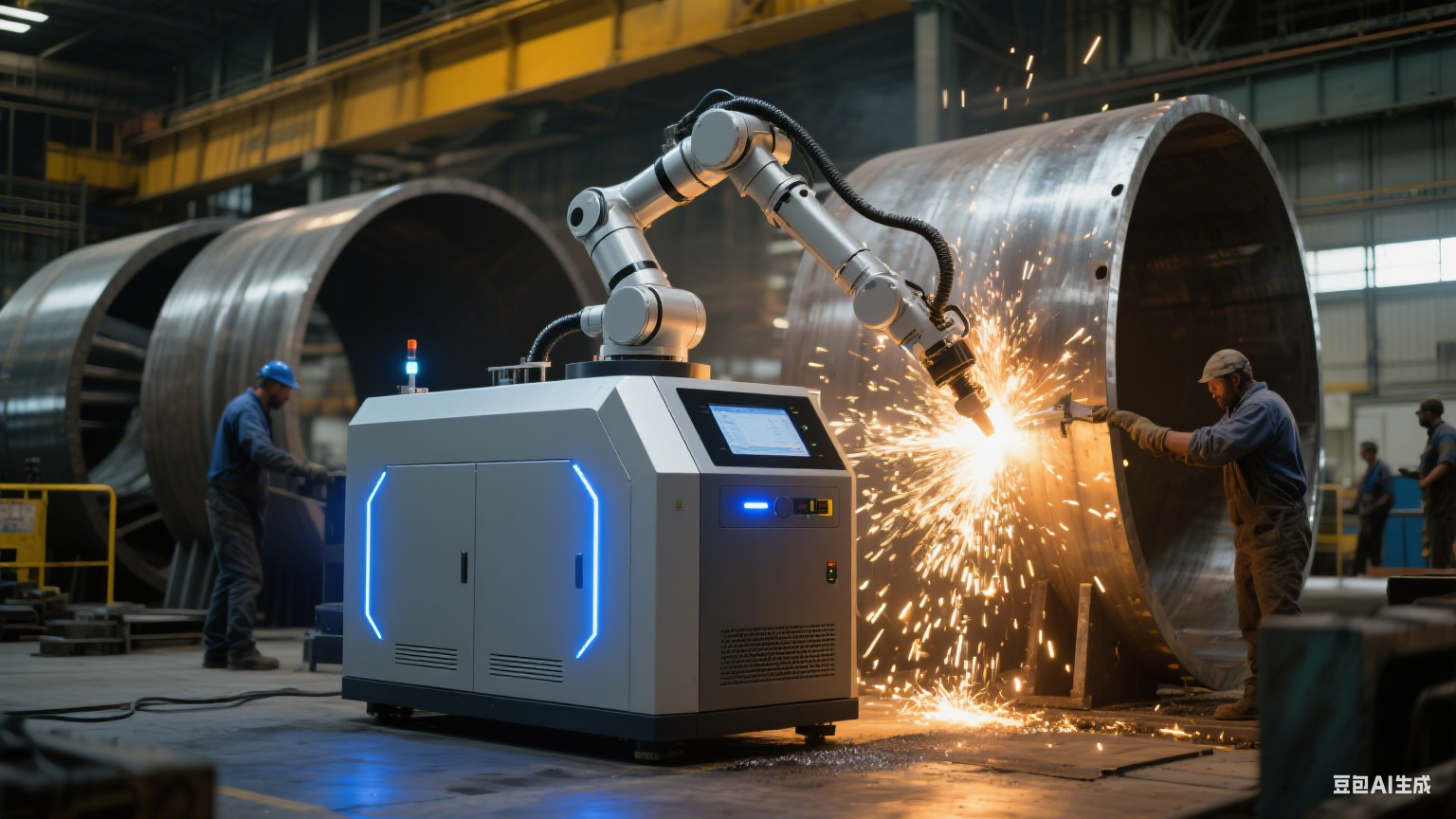Introduction
Have you ever struggled with machining superhard materials like diamonds, cubic boron nitride (CBN), or advanced ceramics? Traditional methods often lead to tool wear, material damage, and inconsistent results. The emergence of superhard material laser cutting machines has revolutionized precision machining, offering a solution that combines accuracy, efficiency, and versatility. But what exactly makes these machines so advantageous, and how can they transform your manufacturing processes?
This article delves into the core benefits of using superhard material laser cutting machines for precision machining. We will explore why these machines are essential, how they work, and the practical steps to leverage their capabilities. Whether you are an engineer, a manufacturer, or a decision-maker in industries like aerospace, electronics, or medical devices, this guide will provide you with actionable insights to enhance your production quality and efficiency.
Chapter 1: Why Superhard Material Laser Cutting Machines Are Important
1.1 The Growing Demand for Precision
Superhard materials are increasingly used in high-performance applications due to their exceptional durability, thermal stability, and wear resistance. However, their hardness makes them difficult to machine with conventional methods. Laser cutting technology addresses this challenge by providing non-contact, high-precision machining that minimizes material stress and tool wear.
1.2 Economic and Operational Efficiency
Investing in a laser cutting machine for superhard materials can significantly reduce operational costs. Traditional machining methods require frequent tool replacements and result in material wastage. Laser cutting, on the other hand, offers longer tool life, reduced downtime, and higher material utilization, leading to substantial cost savings over time.
1.3 Innovation and Competitive Edge
Industries such as aerospace, automotive, and electronics require components with micron-level precision. Laser cutting machines enable the production of complex geometries and fine features that are impossible to achieve with traditional methods, giving businesses a competitive advantage in innovation and product quality.
Chapter 2: What Is a Superhard Material Laser Cutting Machine?
2.1 Definition and Core Components
A superhard material laser cutting machine is an advanced machining tool that uses a high-energy laser beam to cut, engrave, or shape superhard materials. Key components include:
Laser Source: Generates the laser beam (e.g., fiber lasers, CO₂ lasers).
Optical System: Focuses and directs the laser beam onto the material.
Motion Control System: Ensures precise movement of the laser head or workpiece.
Cooling System: Prevents overheating during the machining process.
2.2 How It Works
The laser beam is focused onto the material surface, causing it to melt, vaporize, or ablate. The process is controlled by computer numerical control (CNC), which allows for highly accurate and repeatable cuts. Unlike mechanical cutting, laser cutting does not involve physical contact, eliminating tool wear and material contamination.
Chapter 3: How to Leverage Superhard Material Laser Cutting Machines
3.1 Steps to Implement Laser Cutting in Your Workflow
Material Assessment: Determine the type of superhard material (e.g., diamond, CBN, ceramics) and its properties.
Machine Selection: Choose a laser cutting machine with the appropriate laser source and power for your material.
Parameter Optimization: Adjust laser parameters such as power, speed, and pulse frequency to achieve optimal results.
Quality Control: Use sensors and monitoring systems to ensure precision and consistency during machining.
3.2 Practical Tips for Maximizing Efficiency
Use Assist Gases: Employ gases like nitrogen or oxygen to improve cut quality and speed.
Maintain Regular Calibration: Ensure the optical and motion systems are calibrated to maintain accuracy.
Implement Automation: Integrate robotic systems for loading and unloading to reduce manual intervention and increase throughput.
Chapter 4: Advantages and Disadvantages of Superhard Material Laser Cutting Machines
4.1 Advantages
High Precision: Capable of achieving tolerances as tight as ±0.01 mm.
Versatility: Can machine a wide range of superhard materials, including diamonds, CBN, and ceramics.
Non-Contact Process: Eliminates tool wear and reduces material stress.
Speed and Efficiency: Faster than traditional methods, with minimal setup time.
Complex Geometries: Enables the production of intricate designs and micro-features.
4.2 Disadvantages
High Initial Investment: Laser cutting machines are expensive to purchase and install.
Technical Expertise Required: Operators need specialized training to handle the machinery and optimize parameters.
Material Limitations: Some materials may require specific laser types or parameters.
Energy Consumption: High-power lasers can consume significant energy, increasing operational costs.
Chapter 5: Future Trends and Innovations
5.1 Integration with AI and IoT
Future laser cutting machines will likely incorporate artificial intelligence (AI) and the Internet of Things (IoT) for predictive maintenance, real-time monitoring, and adaptive control. This will further enhance precision and reduce downtime.
5.2 Advancements in Laser Technology
Developments in ultrafast lasers (e.g., picosecond and femtosecond lasers) will enable even finer machining with minimal thermal damage, expanding the applications of laser cutting in sensitive industries like medical devices and electronics.
5.3 Sustainability Initiatives
Manufacturers are focusing on reducing the environmental impact of laser cutting by improving energy efficiency and developing eco-friendly cooling systems.
Conclusion
Superhard material laser cutting machines are transforming precision machining by offering unparalleled accuracy, efficiency, and versatility. While the initial investment and technical requirements may pose challenges, the long-term benefits—including reduced operational costs, enhanced product quality, and the ability to machine complex geometries—make them indispensable for modern manufacturing.
By understanding the advantages, implementation strategies, and future trends, businesses can harness the full potential of this technology to stay ahead in a competitive landscape. Whether you are machining diamonds for cutting tools or ceramics for electronic components, laser cutting provides a solution that combines innovation with practicality.
 EN
EN
 AR
AR
 FR
FR
 DE
DE
 JA
JA
 KO
KO
 RU
RU
 ES
ES


